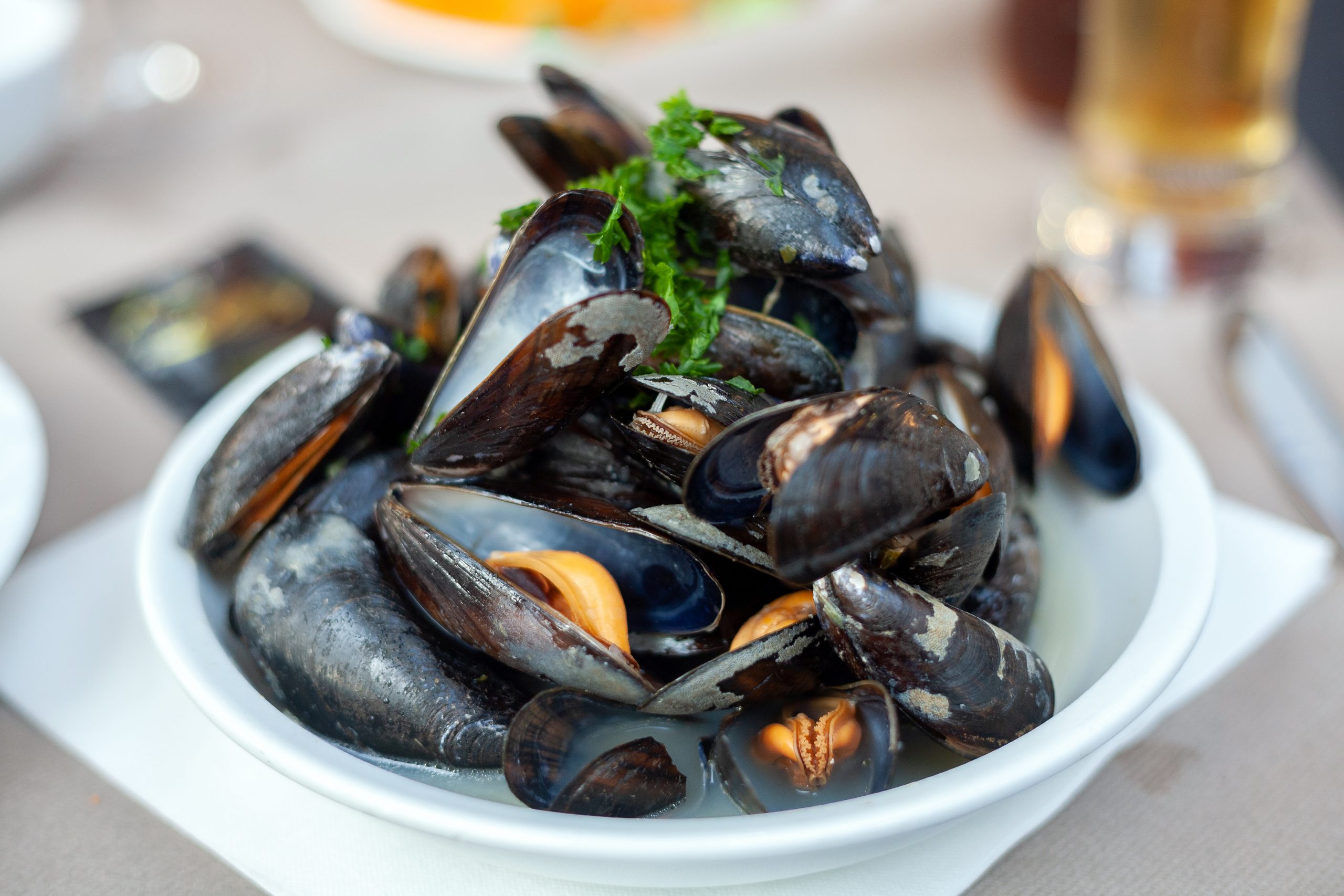francescool
Active member
Mussels might seem like an intimidating dish to cook, but they're actually pretty easy. I like to get fresh mussels from a fishmonger or a grocery store when they are available. I make sure to clean them really well on the outside to get all of the sand out, and I boil them once until they open and quickly rinse them so any sand inside will escape. After that, I follow this recipe and they come out perfect!

 www.greekboston.com
www.greekboston.com

Recipe for Greek Mussels Saganaki
Learn how to make and prepare the recipe for Greek Mussels Saganaki.



